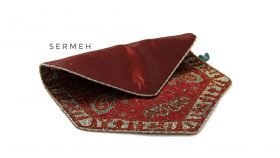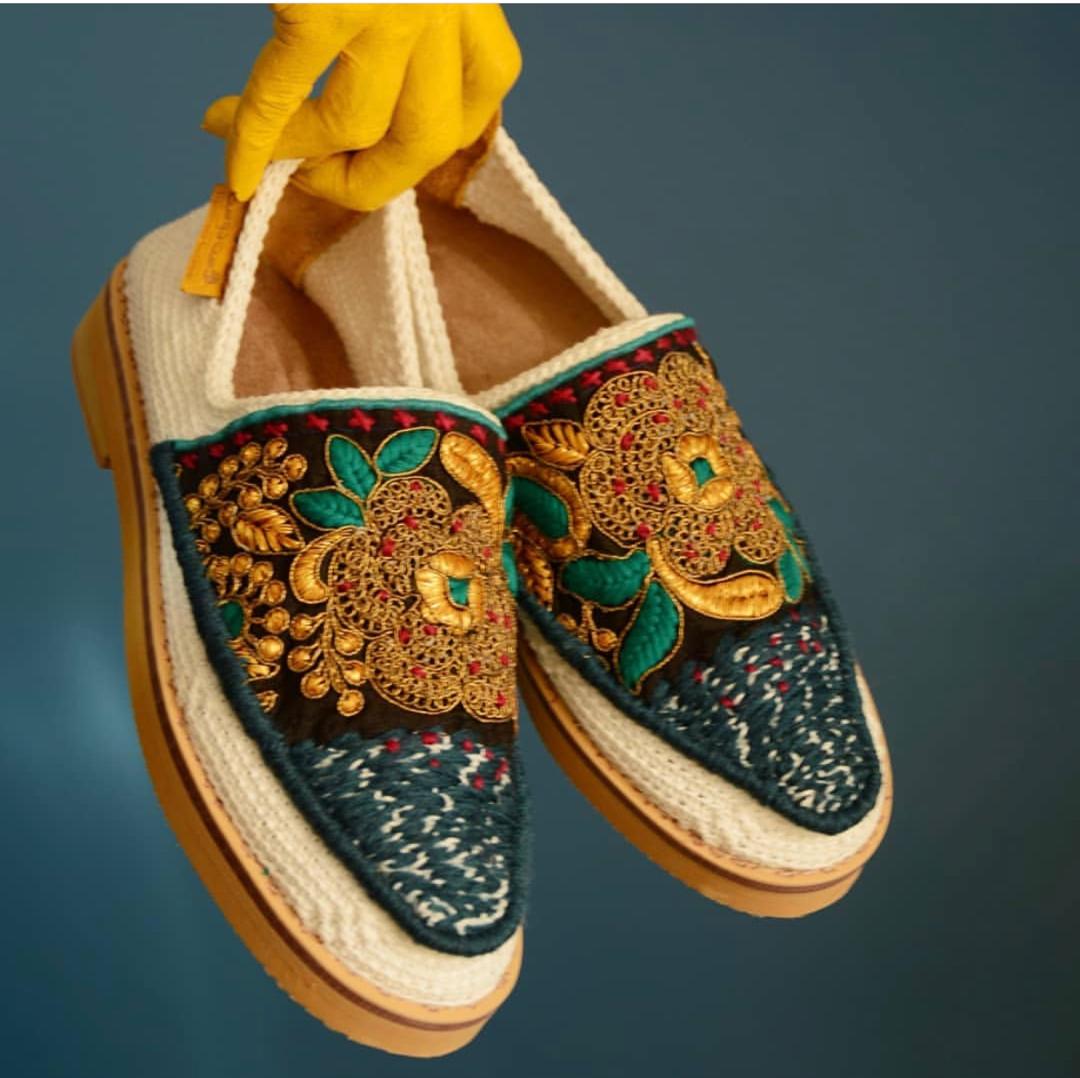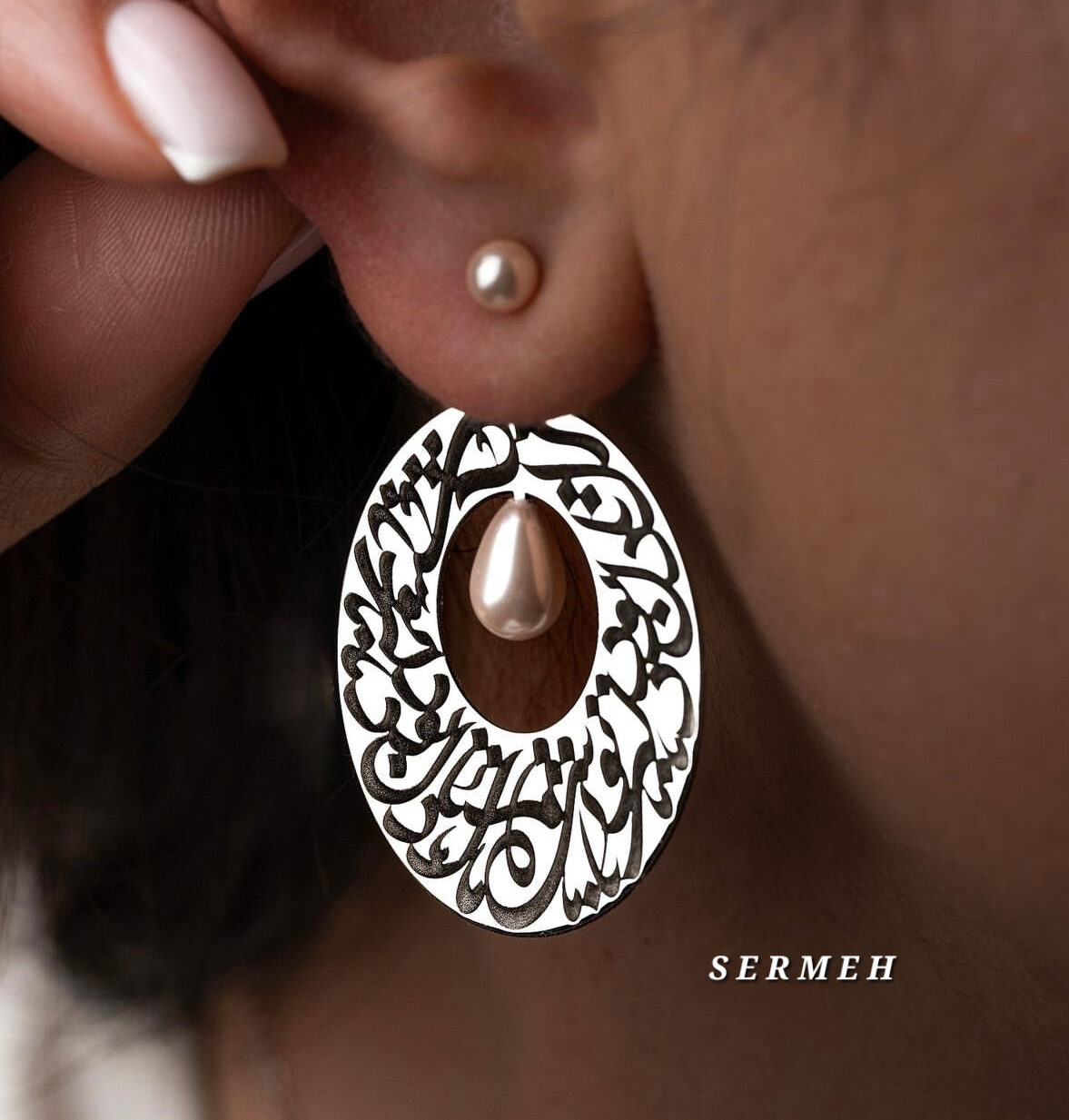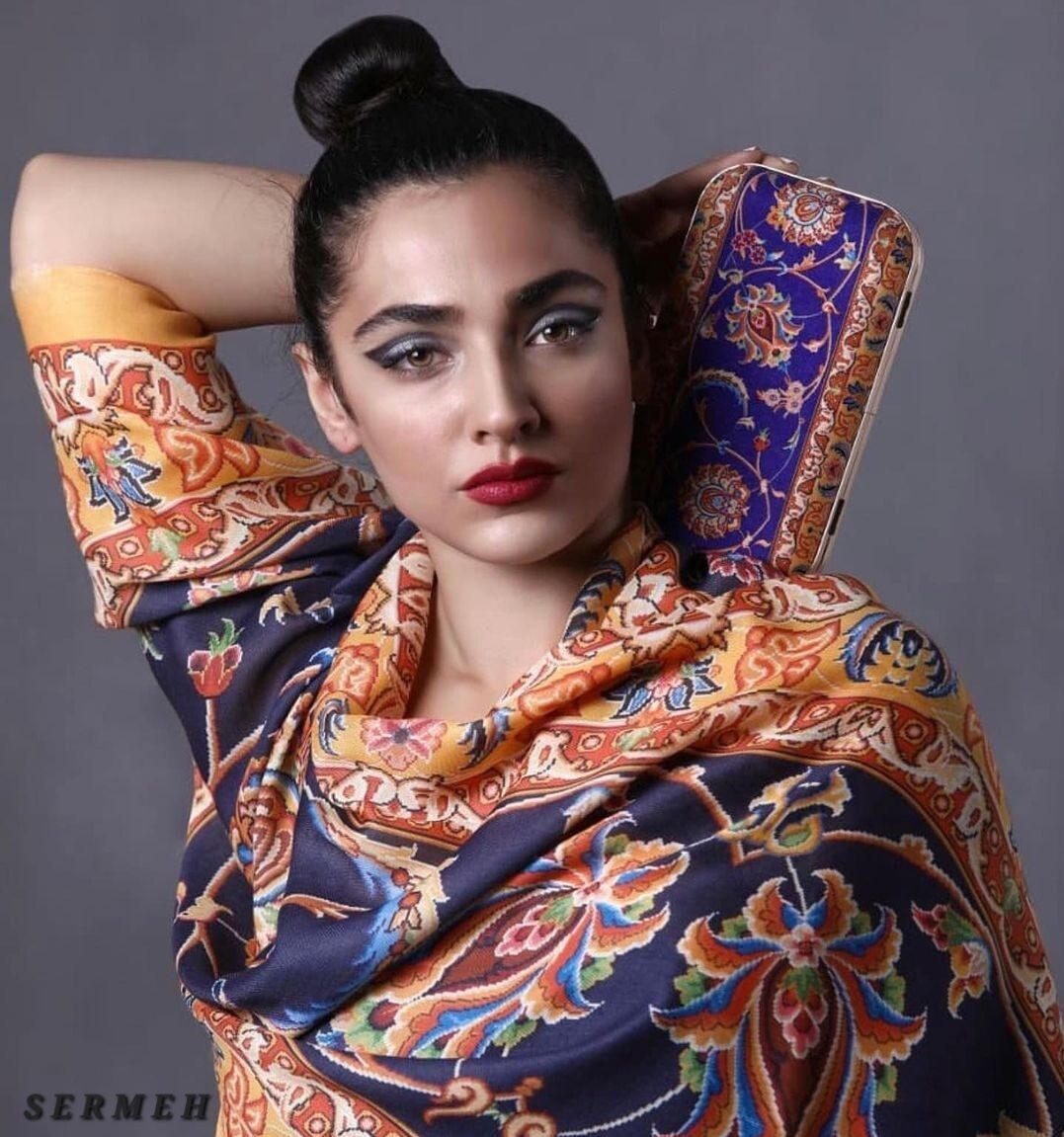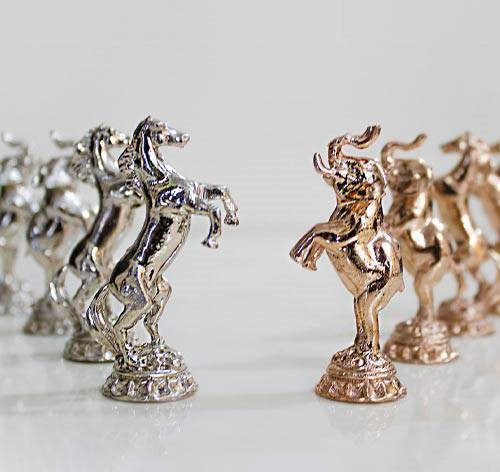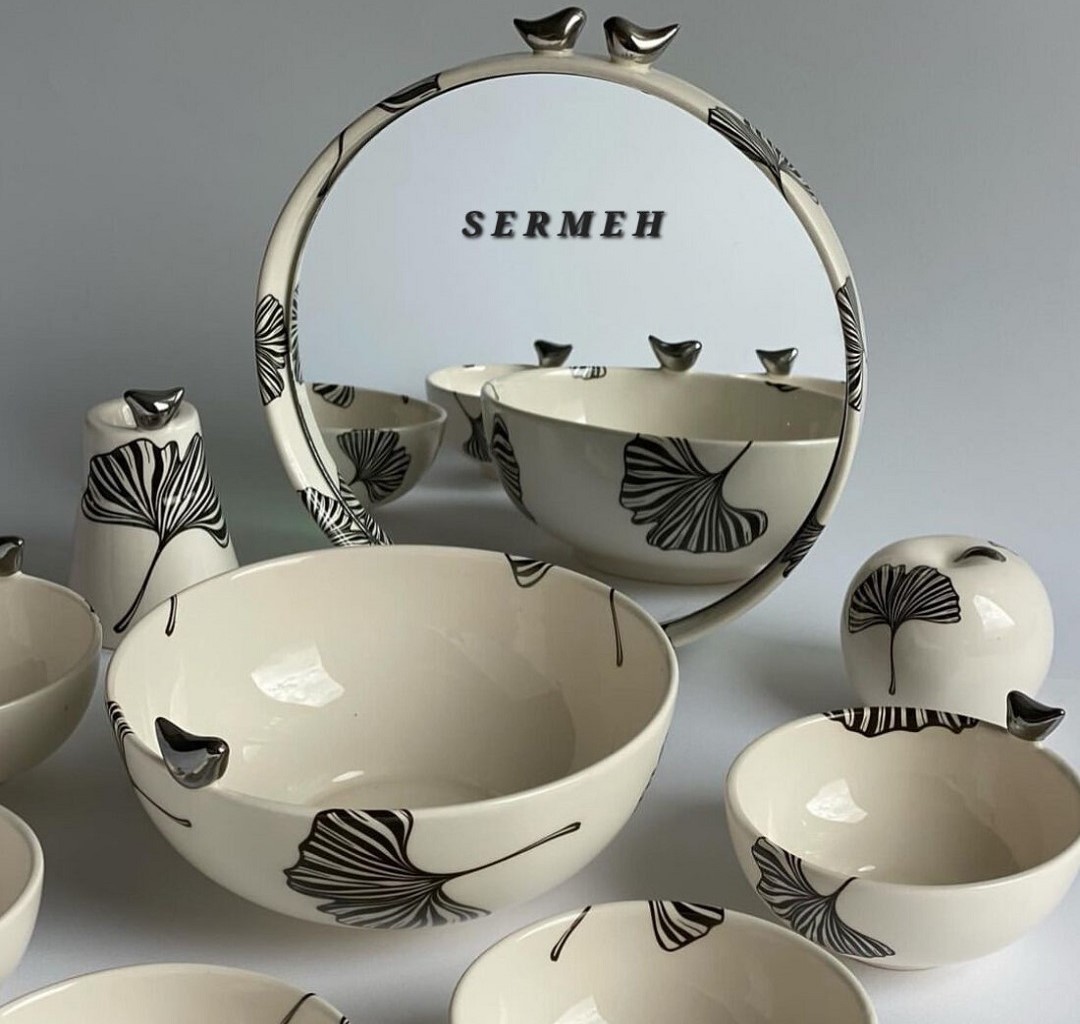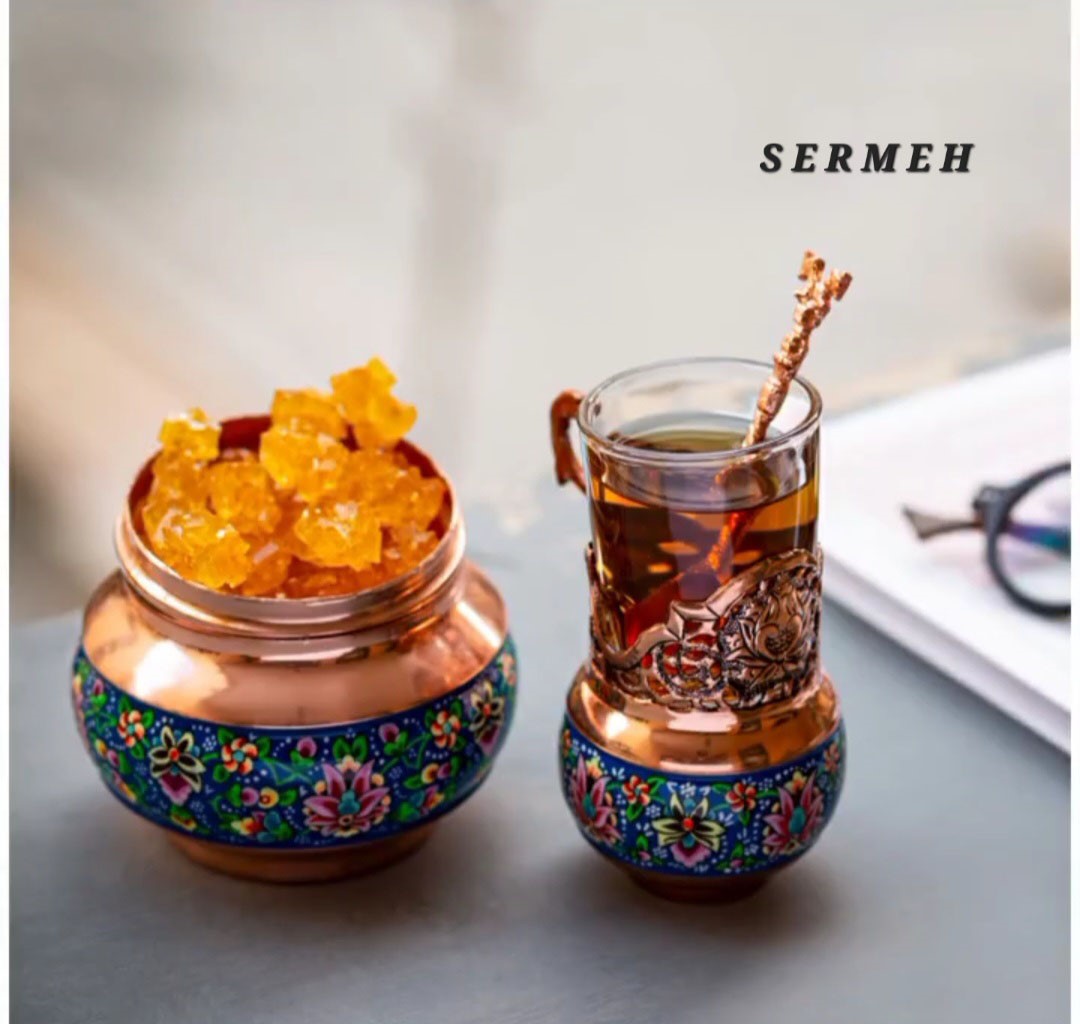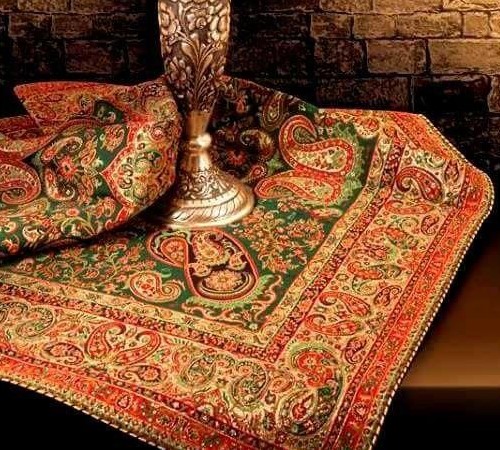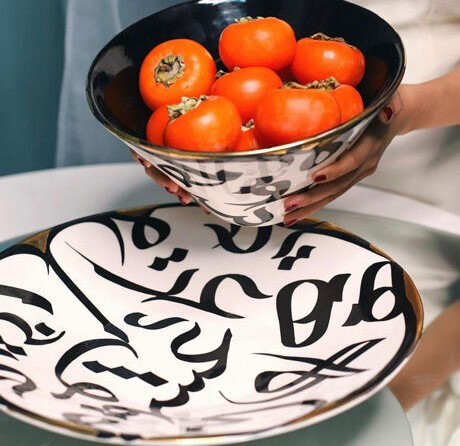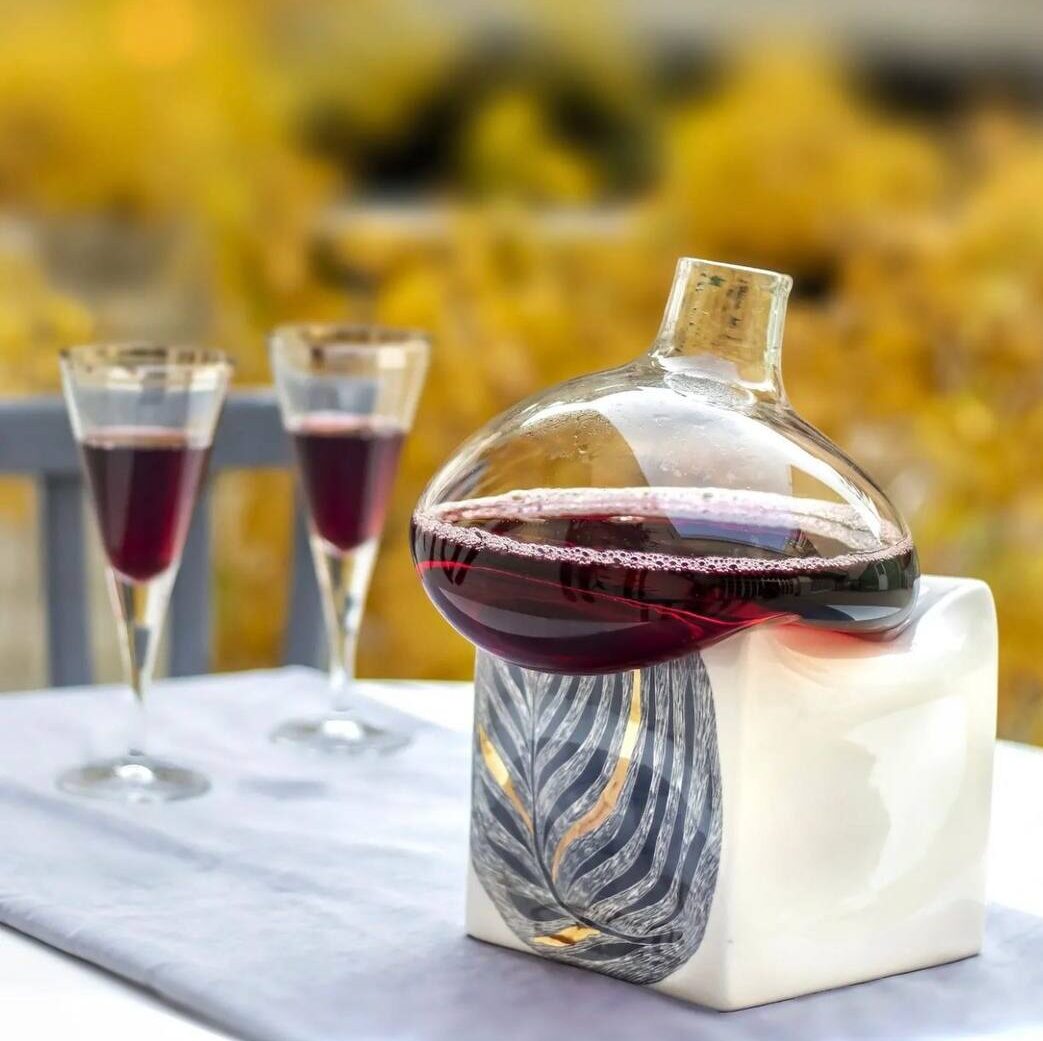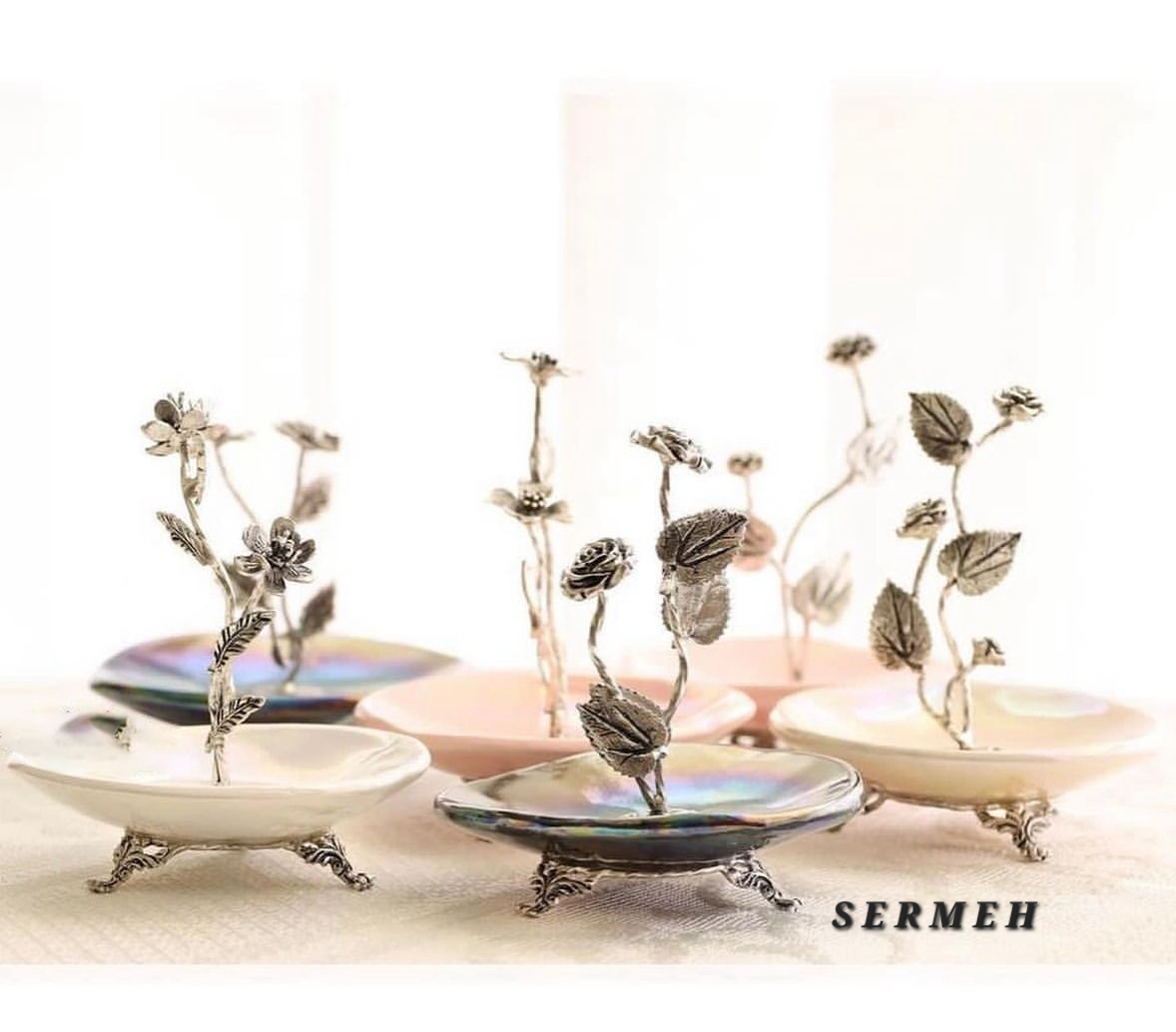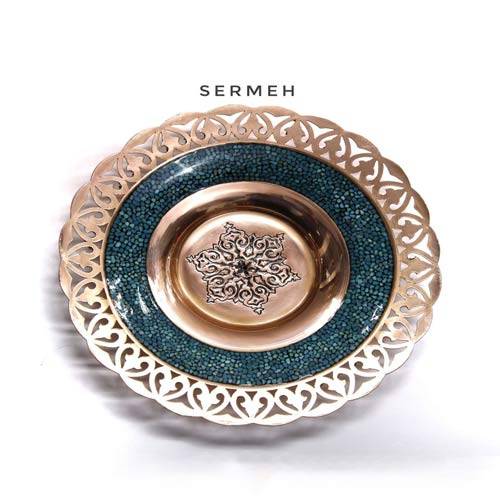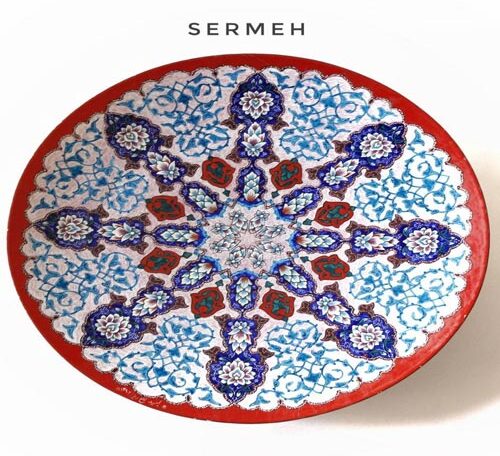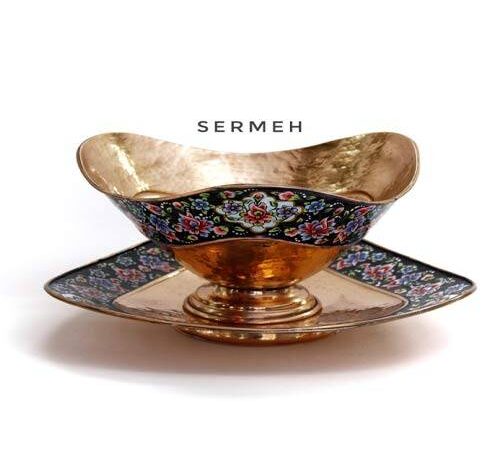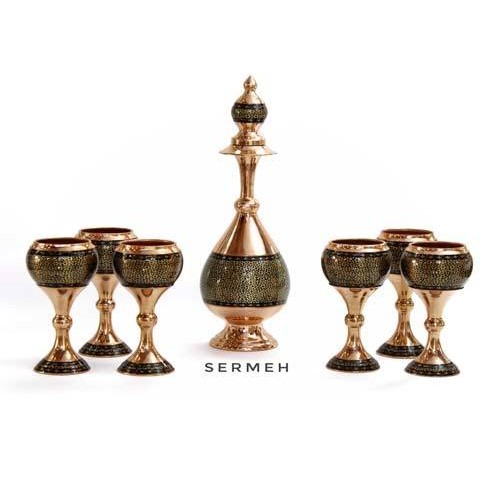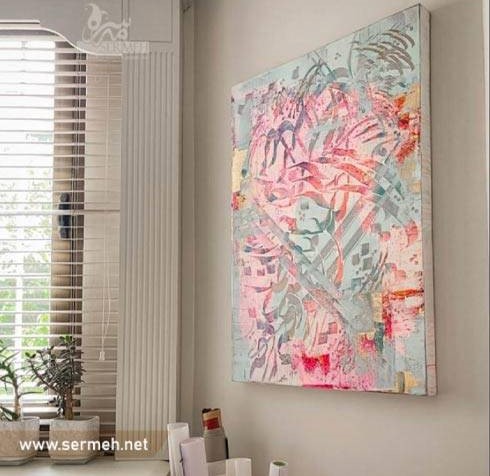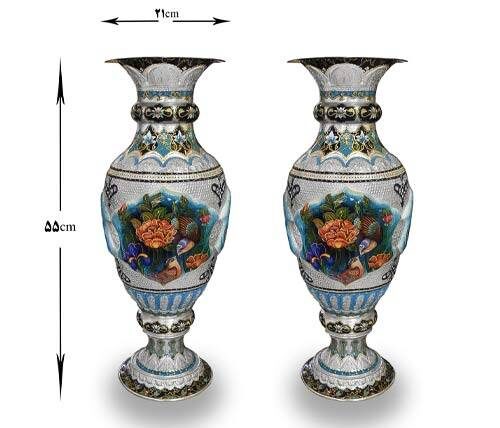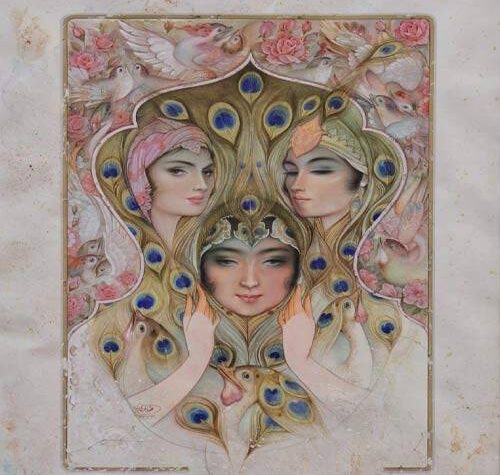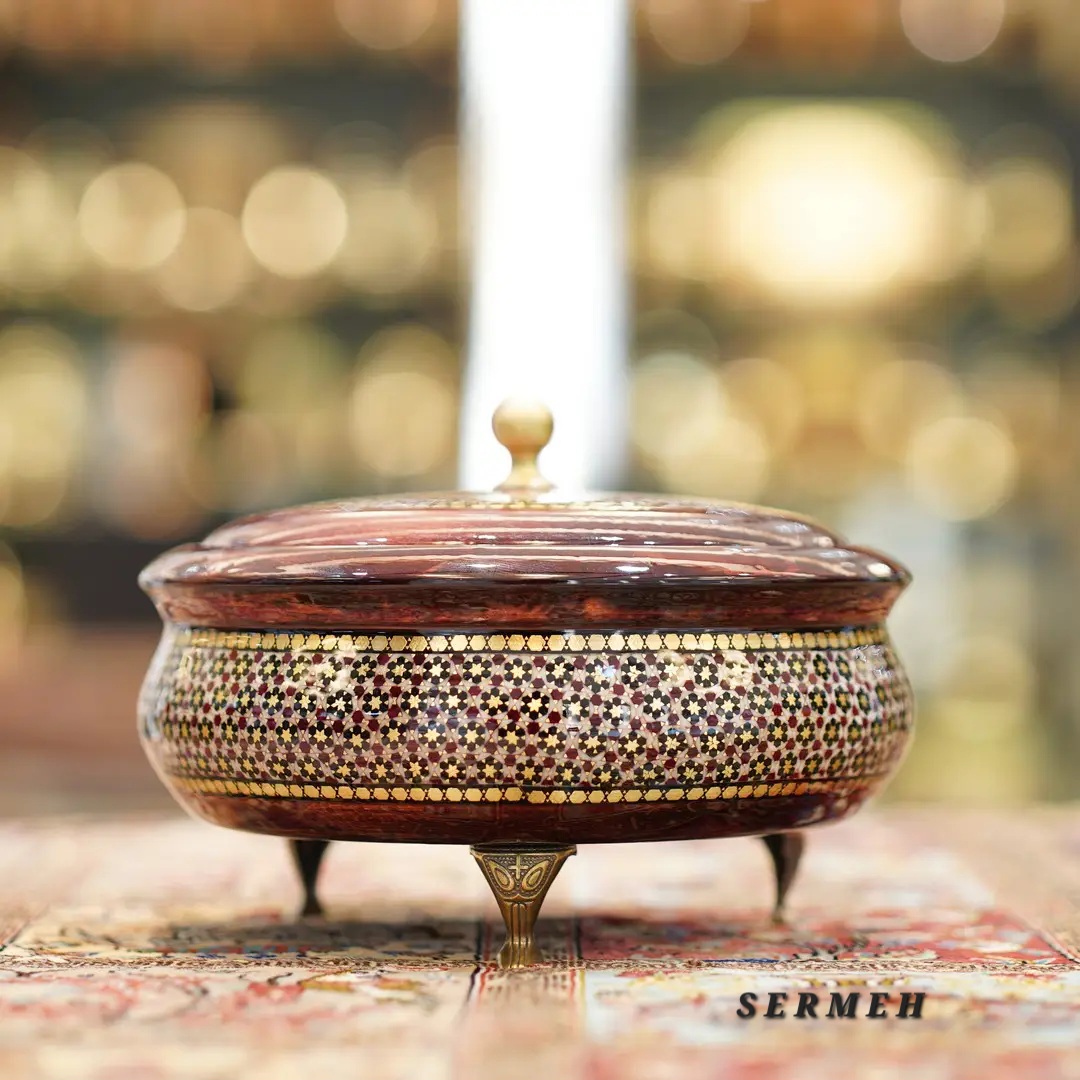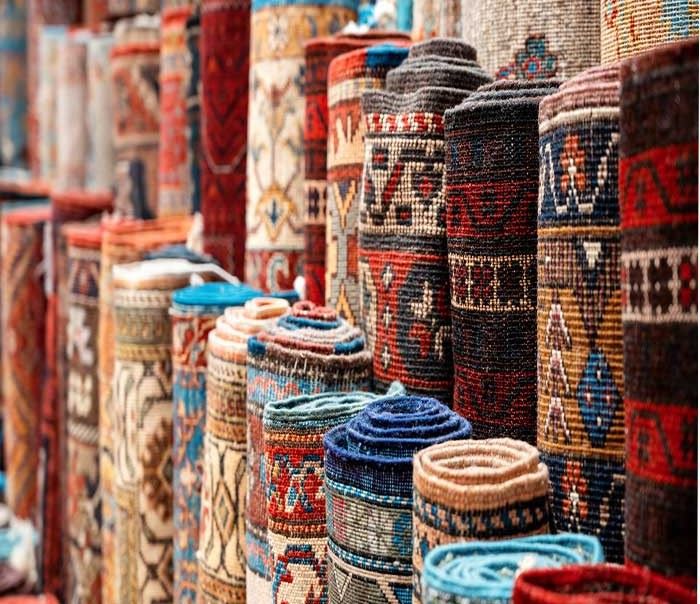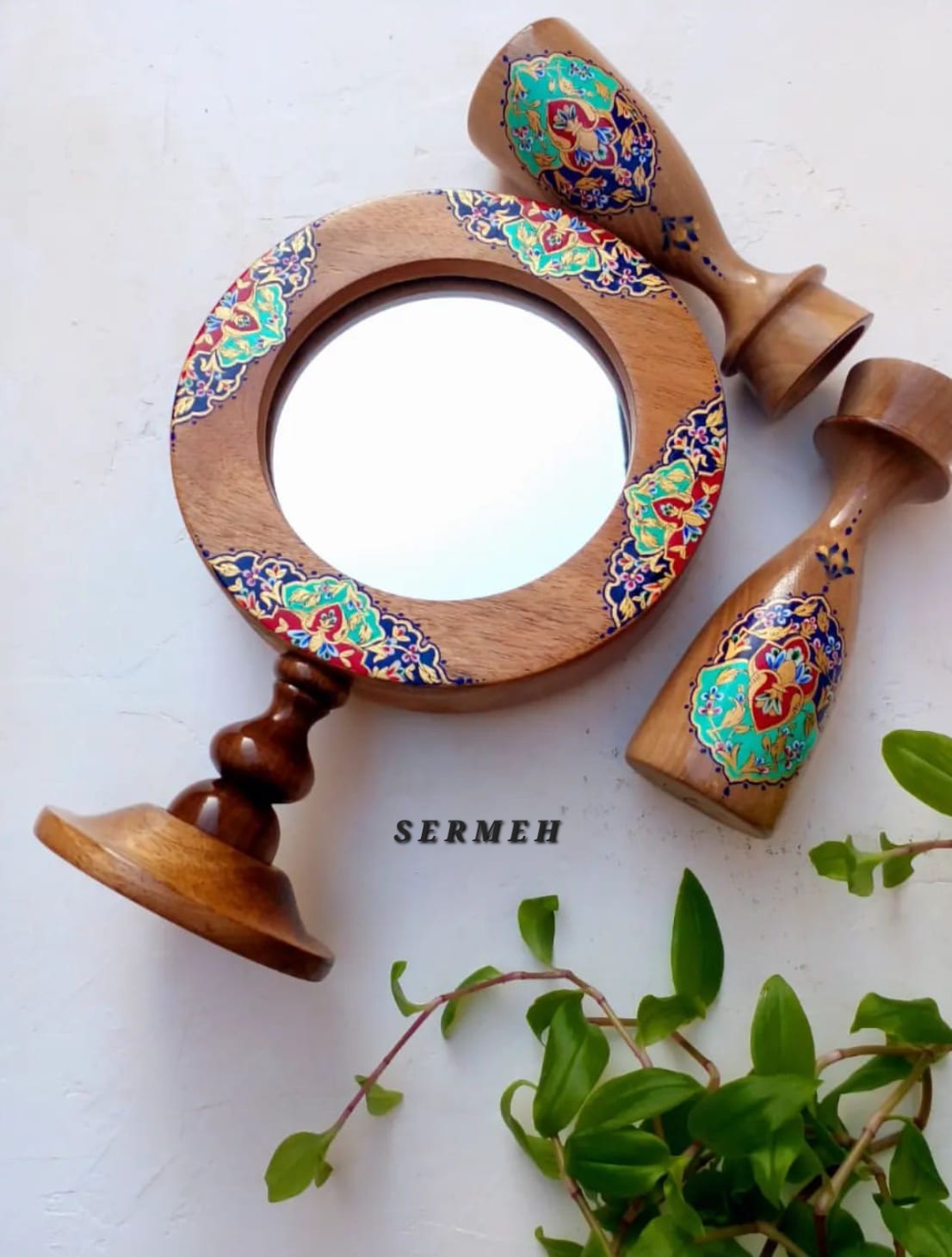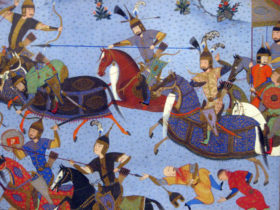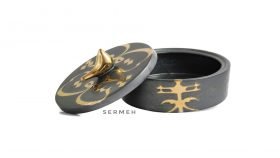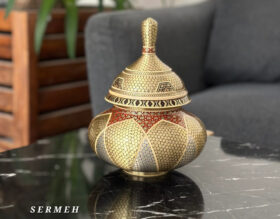Persian Craft
Iran’s culture and art are tied to handicrafts, and a large part of our country’s tourism is intertwined with it. Handicrafts that have passed the borders of Iran for centuries and gained world fame. Take from Iran’s carpet, which is famous in the world, to the fine woven fabrics of the Sassanid era, of which there is no trace left today. Handicrafts, which are a part of Iran’s identity, have a great potential for tourism in our country. Persian Craft
Because of this importance, in this article, we went to the most important types of handicrafts in Iran and tried to briefly introduce some of the best and most famous handicrafts in the country. Persian Handicrafts, some of which are so valuable that they have entered the UNESCO World Heritage List and are now part of the world heritage of mankind.
1. Iranian carpet
Iranian handmade carpet or Iranian carpet is the most famous and important handicraft of Iran, which dates back to the Achaemenid period. Iranian hand-woven carpets have long been famous and popular, and these days they are bought and sold at the global level. Carpets play a very important role in the culture and art of Iran, and their exquisite examples have become an underlay and turned into a works of art, which are either displayed in museums or in the form of carpets, a spectacular effect for houses and mansions. 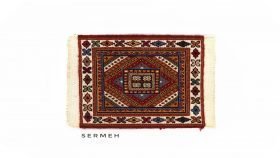
Most Iranian carpets are usually made of wool, But the best and most expensive types of carpets are those that have a silk texture. Iranian carpets are woven in a variety of designs and colours, the most famous of which are Shah Abbasi design, Slimi design, Bete Jaqeh design, tree design, Ili and Nomadic design, and geometric design.
2. painting
Painting, or what has become popular among people as miniatures, is the art of painting, patterning, and portraiture, and it is one of the most important arts that was popular in ancient Iran, and it is rarely drawn these days.
Illustrated book pages are very expensive and are sold as a luxury Persian handicrafts. Iranian painting can be performed both on paper and in the form of scientific, literary, and medical books, and it can also be displayed in larger dimensions on screen, canvas, tapestry, and wall.
Kamaluddin Behzad is the most famous Iranian painter and Master Farshchan is known as the most famous living Iranian painter these days.
3. pottery
In the next step, we go to the ancient art of pottery. Pottery has been associated with Iranian people for a long time and is still known as a valuable handicraft among Iranians and foreign tourists.
Pottery, as you know, is the art of making vessels with mud, and this type of handicraft in Iran is more than 10,000 years old. Susa hosts the oldest pottery wheel and pottery kiln in the world, and the world’s oldest engraved pottery vessels have also been found in Iran.
4. Enamel
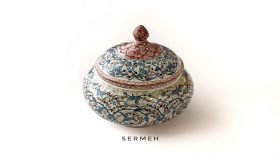
5. Khatam Kari
Khatamkari is a type of wooden handicraft and its production is popular in Isfahan, Shiraz and Tehran. To make a seal, regular polygons of different materials are put together to finally reach the final shape they want. Khatam is sold in various colors and various raw materials with different colors are used in its construction. Making a seal takes a lot of time for the seal artist and requires a lot of precision.
Wooden materials such as walnut, juniper, ebony and various types of bone such as elephant ivory, camel bone and horse bone are usually used in making Khatam.
The inlaid pulpit located in the Atiq Mosque of Shiraz is considered the most famous example of inlaid work in Iran. This pulpit is 1000 years old. The doors of the mirror hall of Golestan Palace are also decorated with the art of inlaying.
6. Termeh
